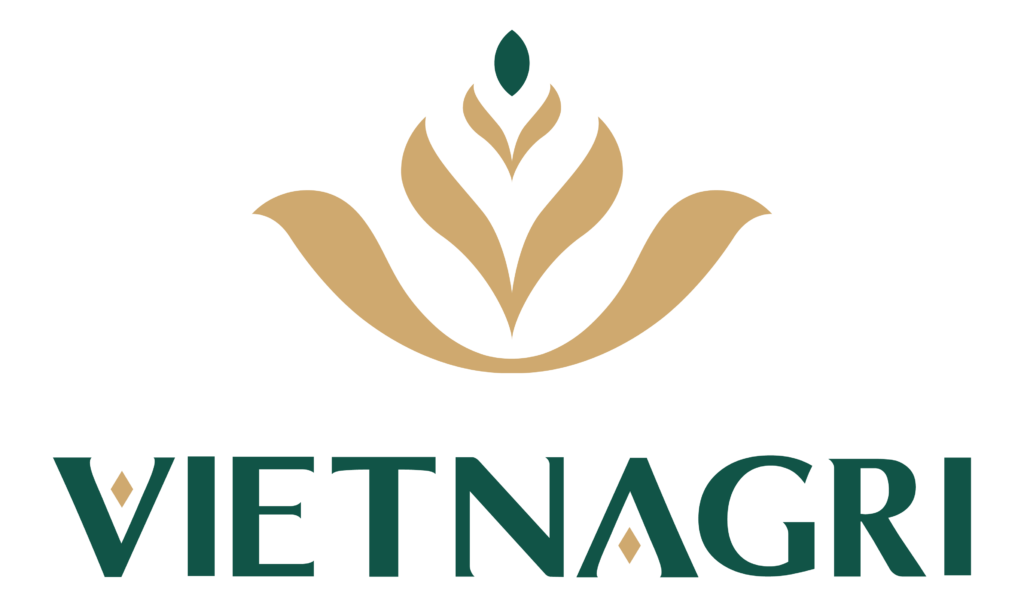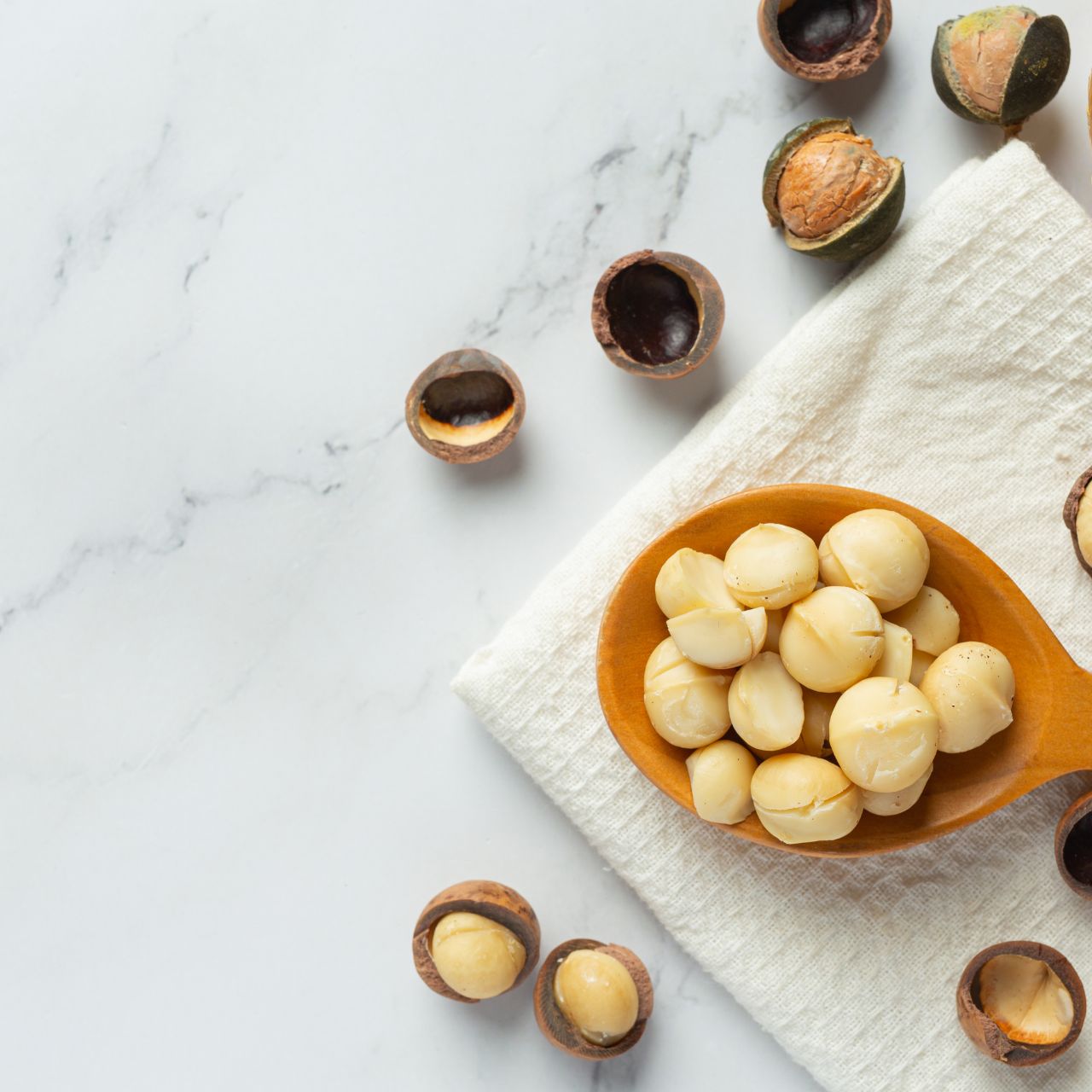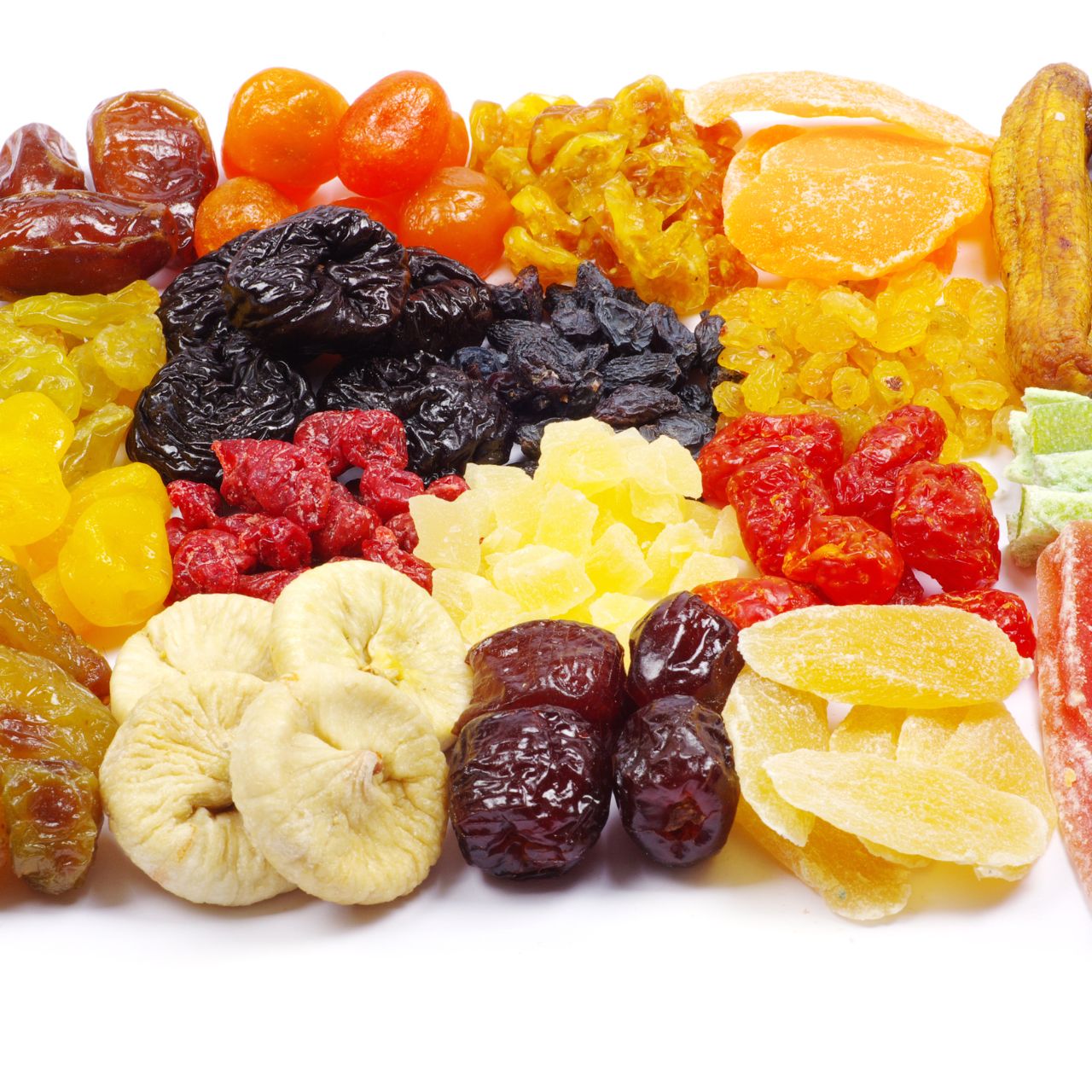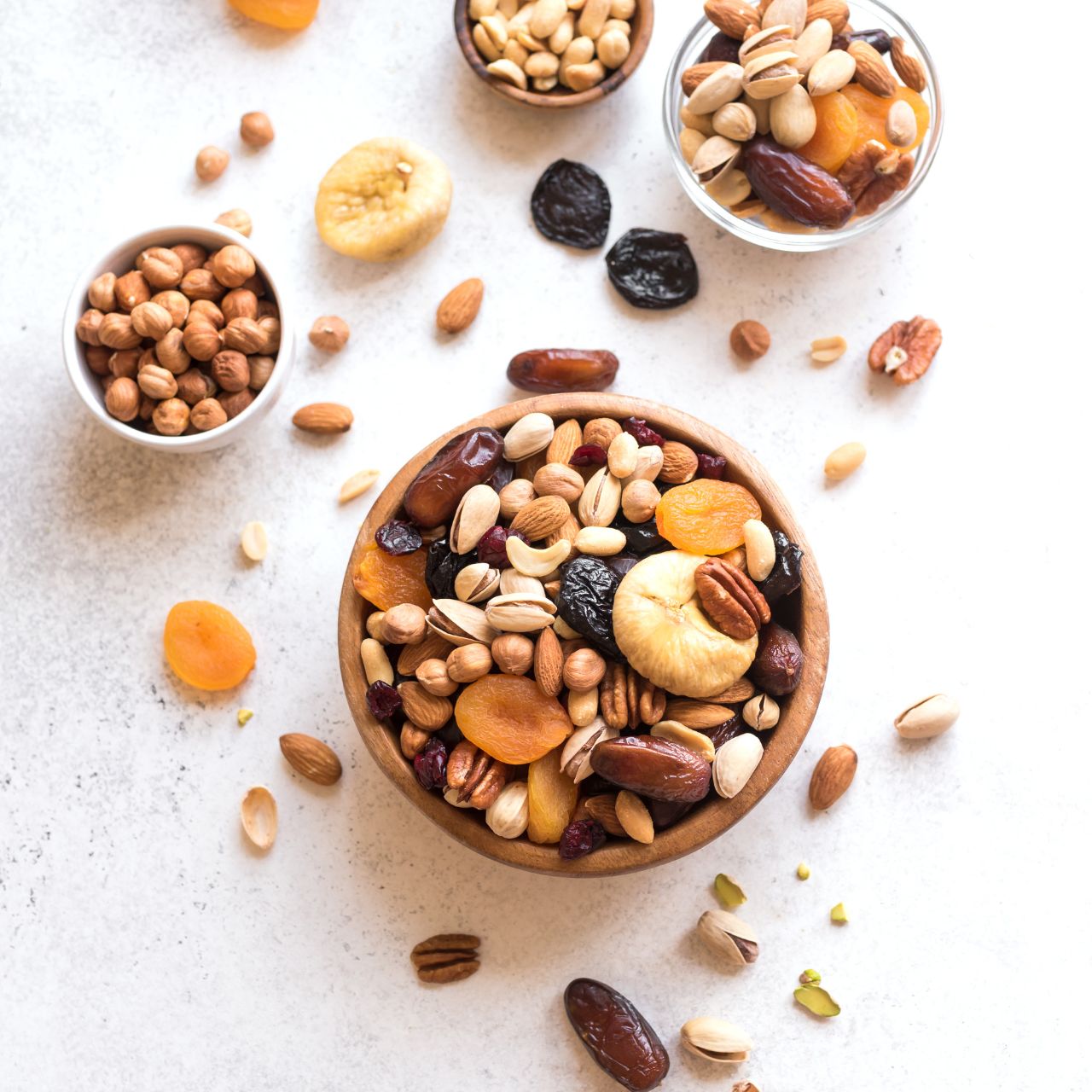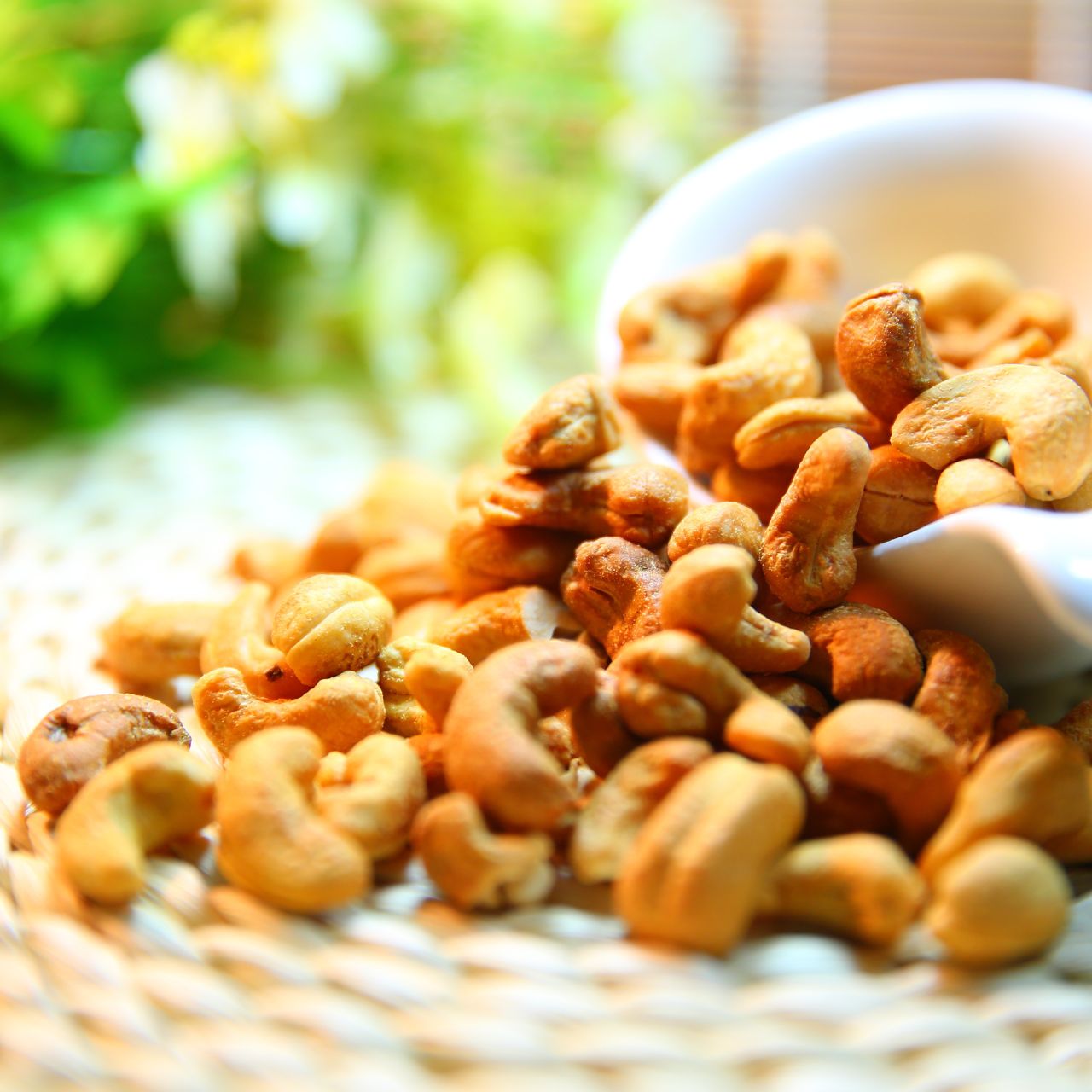Dried fruit is a very popular choice today that many people trust and prefer. There are two types of dried fruit: traditional dried fruit and flexible dried fruit. Let’s explore the differences between these two types.
1. What is dried fruit?

Dried fruit, also known as dried fruit, is a product made from fresh fruit using low-temperature drying technology, which reduces the moisture content. Once the drying process reaches a certain level of moisture removal, the fruit is cooled. The resulting product has a distinctive aroma, along with a soft and elastic texture.
Popular dried fruits today include dried mango, dried orange, dried banana, dried dragon fruit, and dried grapefruit.
Advantages of dried fruit:
- The product has a delicious, natural flavor and is both attractive and convenient.
- It is soft, not dry, and flexible, with a chewy texture that allows people to enjoy the rich flavor of fresh fruit.
- The product is not fried in oil, so it does not absorb oil.
- Unlike other dried fruit products, it is not watery.
- It is rich in nutrients that are beneficial for health.
- The product retains the original color of fresh fruit, as well as its vitamins and nutritional content.
- It can be preserved longer than fresh fruit and is easy to carry and use on picnics.
- The sugar content in dried fruit is usually moderate, making it suitable for most people.
2. What is dried fruit?

Dried fruit is fruit that has undergone a drying process to remove its water content, resulting in a dry texture that limits the growth of bacteria and fungi. The drying process can be accomplished using high heat, sunlight, or specialized dryers. As water evaporates from the fruit, the natural sugars become concentrated. Dried fruit retains the fruit’s natural flavor, nutrients, and aroma, creating a light, sweet, and nutritious food.
Popular dried fruits include grapes, dates, cranberries, prunes, jackfruit, bananas, sweet potatoes, and more.
Dried fruit can be stored much longer than fresh fruit and is a convenient snack, especially on long trips without refrigeration.
Advantages of dried fruit:
- The product is crispy and retains its shape, color, and flavor.
- It is a convenient product that can be preserved longer than fresh fruit and is easy to carry and use on picnic trips.
- The product has a certain crunchiness and a slight sweetness that adds to its delicious taste.
- The nutritional content, including vitamins and minerals, remains almost intact.
3. The biggest difference between these two product lines is in processing technology.
Currently, most dried fruits are processed by vacuum frying at low temperatures. After frying, the ingredients are centrifuged to completely separate the oil, resulting in a product with a characteristic crispy and spongy texture.
Flexible dried fruits, on the other hand, do not use the frying method but are dried at low temperatures. This process is similar to sun drying but occurs in a closed chamber, ensuring better hygiene and effectiveness than sun drying. As a result, the product is soft and naturally delicious.
Both types of dried fruit concentrate the nutrients, color, and flavor of fresh fruit, creating delicious, attractive, and convenient products for consumers. Depending on individual preferences, you can choose between fried or flexible dried fruits to enjoy.
